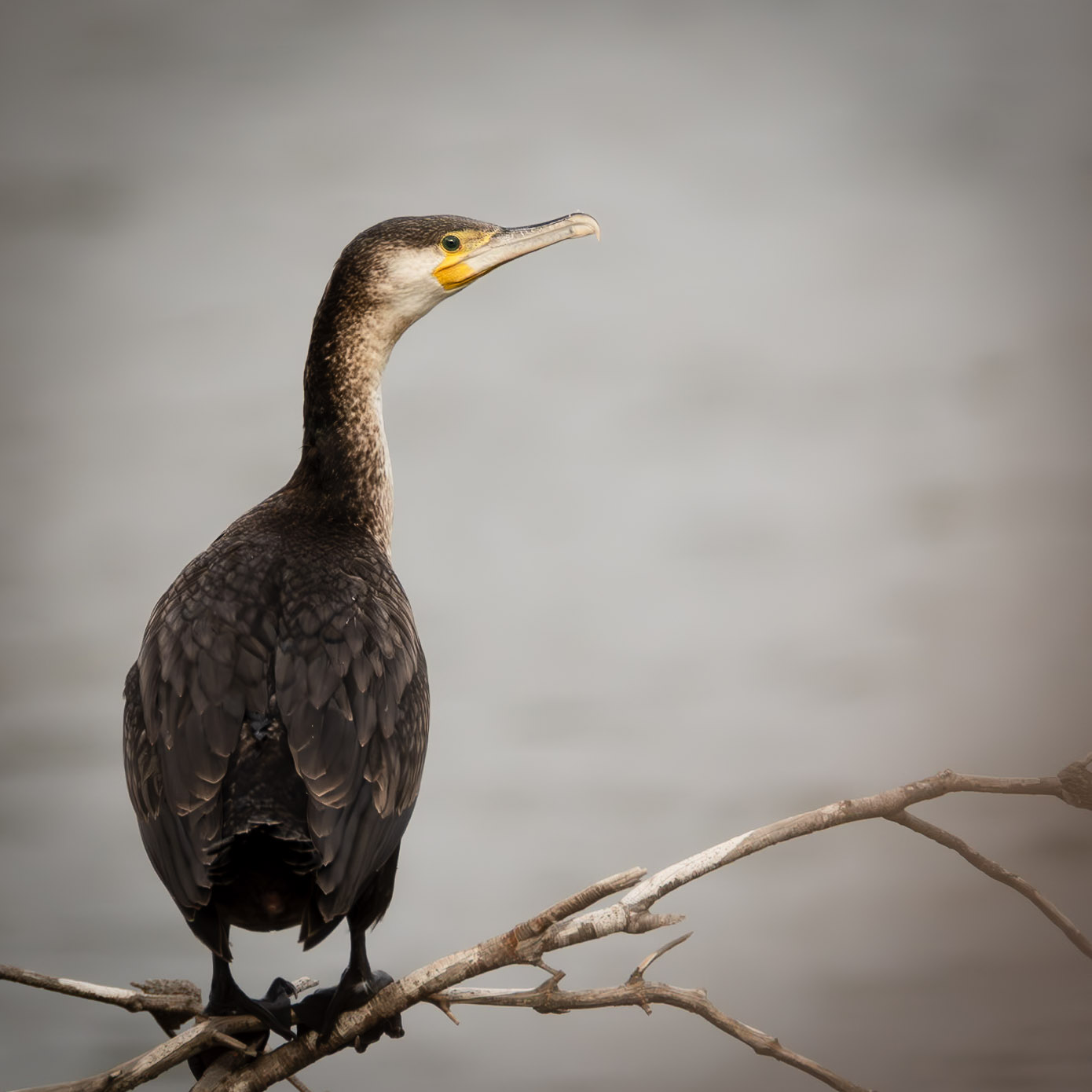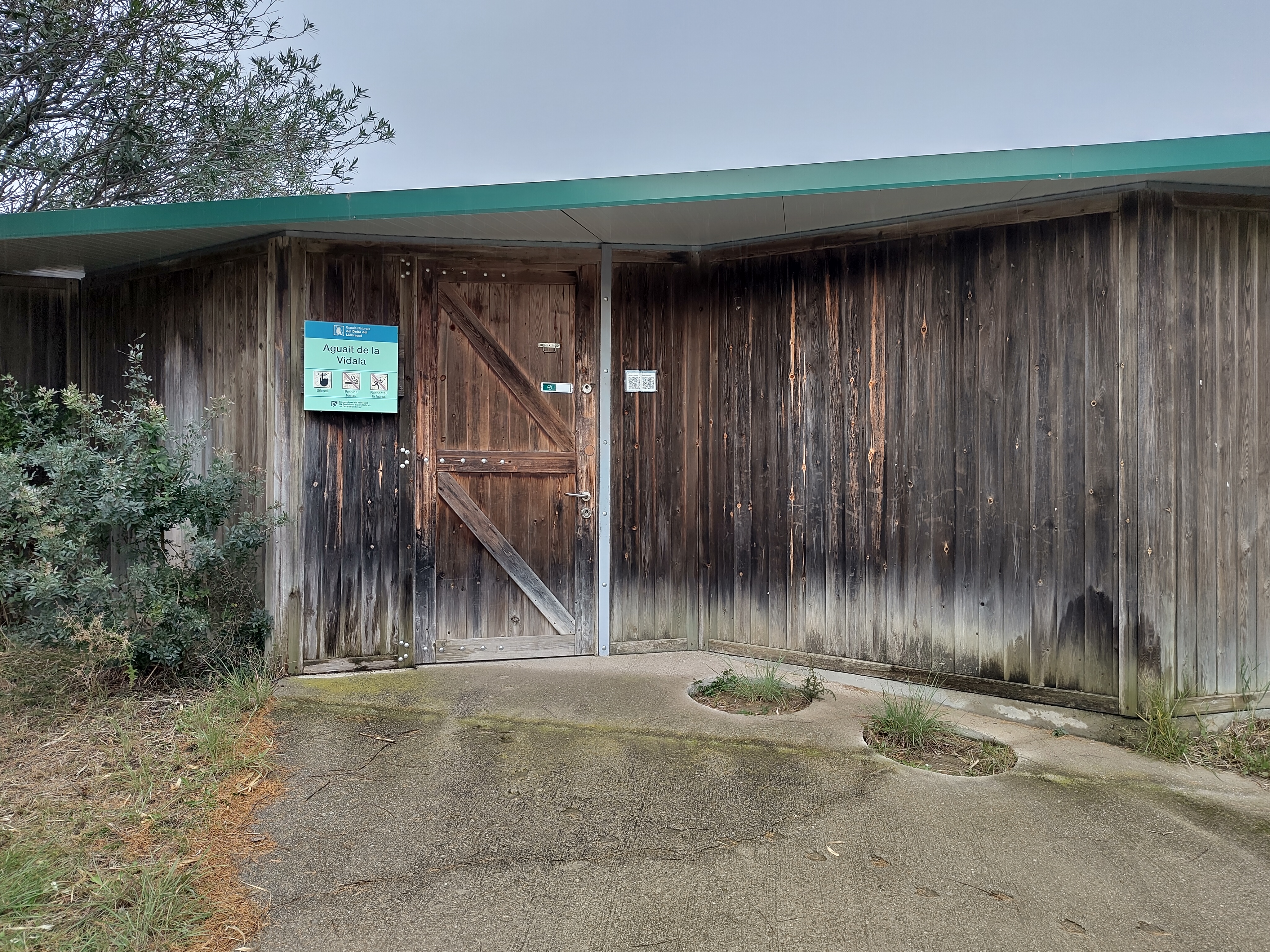Espai Natural Remolar-Filipines Route 1
This route, while not the most spectacular, does offer the chance to spot a variety of species as it crosses beaches, pine forests and rivers.
The route starts at a small parking lot near the entrance to the protected area. Access the beach via the entrance in the information centre attached to the car park. There should be attendants there, confirm with them when they plan to close the parking as it changes with the seasons.
How to arrive
Arrive by car or by bike. There’s no public transport that easily connects to the entrance of the park. The zone is busy in the summer with people visiting the beaches. During winter it’s mostly deserted and you’ll have the beach to yourself, with plenty of space to park.
Species
The Delta del Llobregat is an important stop off zone for many migrating birds. Depending on the season it can be quite an interesting spot. During winter watch the weather and look for cold storms in the north of Europe - this can trigger many species to move further south. The space is also home to year round species such as Cormorants, Great Crested Grebes, and Little Grebes. You can spot Gray Herons and Great White Egrets on the river banks. The Riera de Sant Climent is flanked by a pine forest providing opportunities to spot Iberian green woodpeckers and other forest natives.
Important Information
The parking closes at different times during the season. Make sure you have plenty of time to complete the route before heading out. Once the gates are closed you won’t be able to leave by car.
Many parts of the park are completely off limits to visitors. These are marked with white rope and plenty of signs. Do not cross the white ropes as these are the delicate ecosystems a lot of species rely on.
The route
The route starts via the visitors centre. Cross straight through to the door on the other side and head right. From here there’s a flat path that leads directly to the Riera de Sant Climent. When you reach the river turn left and follow the path directly to the beach. Look for breaks in the reeds, Here there’s already a chance to spot Gray herons, Cormorants, and Grebes.
When you reach the beach there’s an observation tower to get a good look over the coast line. From here, with binoculars, you should be able to spot coastal species in the surf or out at sea. Cormorants, and Gulls are common. There’s a rocky divide between the beach and the river. Cross over the rocks onto the sand on the other side. Be careful crossing the rocks, they can be slippery. If you’re unsure on your feet it’s best to not follow the route further.
The next part of the route is to walk along the beach. To the right is a roped off area that connects the pine forest and the beach. After about one kilometre you will come to a wooden path on your right.
This path cuts through the pine forest at the edge of the beach and is a good opportunity to spot birds such as the Iberian green woodpecker. This section of the route is not the prettiest, but it does allow us a view of the protected pine forest, through a fence. Follow the path until you reach a small island then take a right.

Again, this part of the route is not the most picturesque but it does provide another view into the pine forest. It also connects the route to the entrance of the Remolars-Filipines park which means we can get a view of the wetlands there, too. To the left there’s a small observation point that you can use to get a view looking down the wetlands. You’ll need a long lens or binoculars to see birds from here. Look up and you may see some birds of prey hovering nearby.

Back on the main road follow the path along the wetlands until reaching the parking. At certain points along the path there are viewing fences, or gaps in the reeds, where you can get a good look at the wetlands. It’s typical to see Great crested grebes, Cormorants, Mallards, Gray herons, and even Little Grebes in the waters.

Just before reaching the car parking there’s a hide that provides a sweeping view of the river. There’s plenty of deciduous trees settled in the water that the Cormorants like to hang out on. The large overview of the water means it’s easy to spot Grebes dipping in and out here.

That brings you to the end of the route. If you like this route and took some pictures along the way I’d love to hear from you. Get in touch and let me know how your day went.